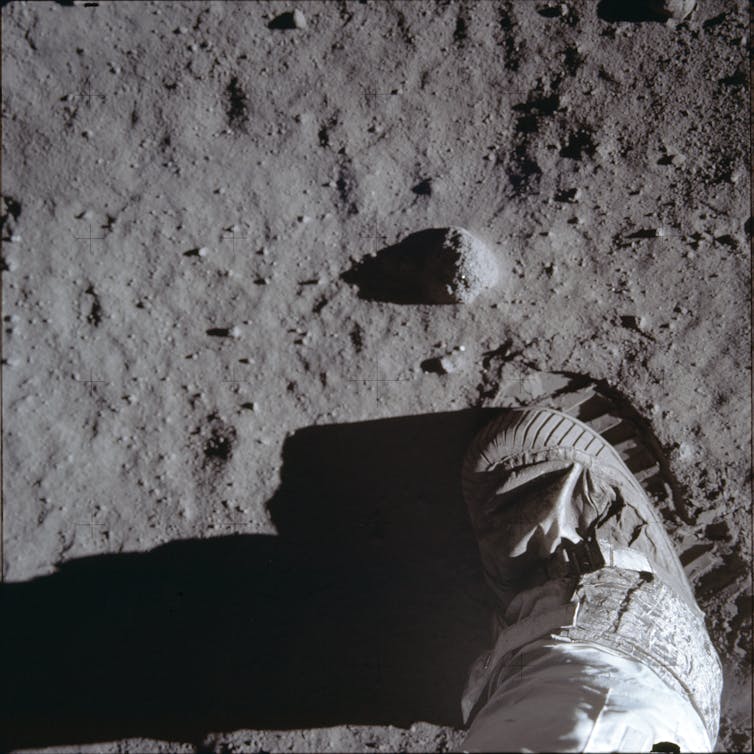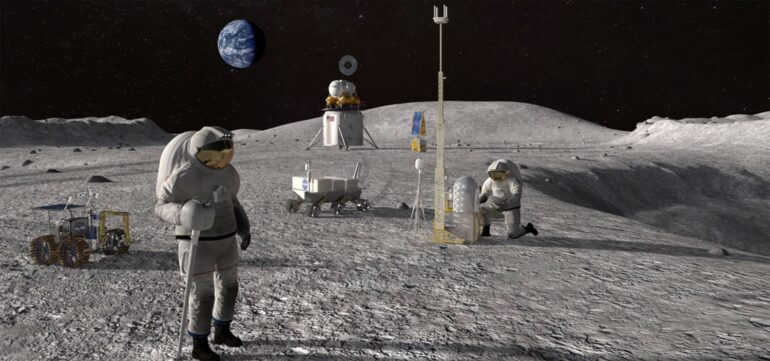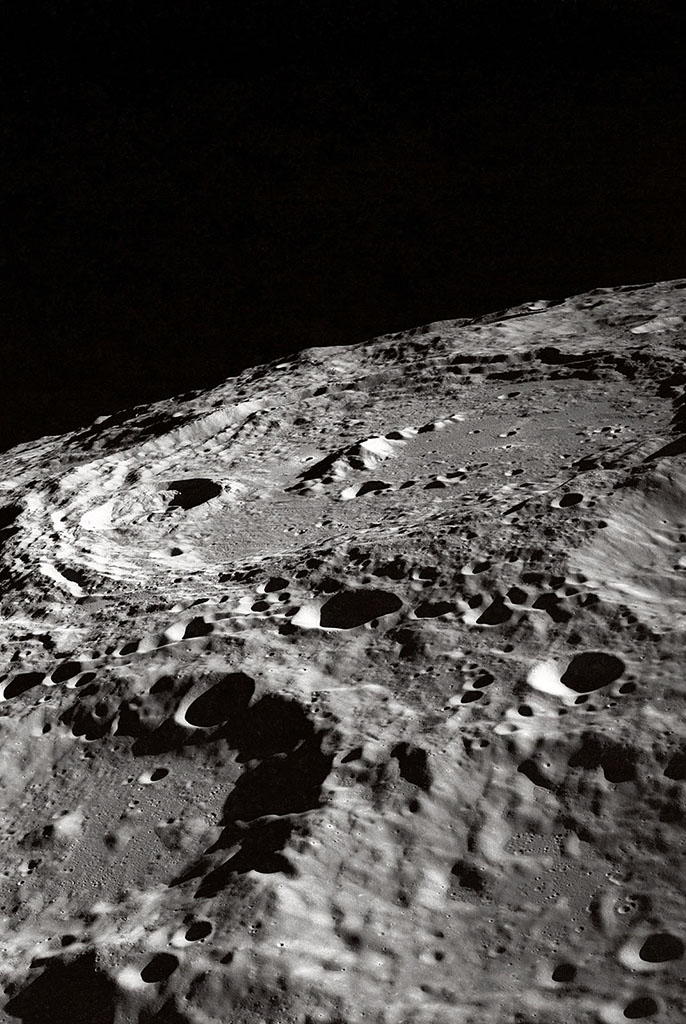The U.S.’s return to the Moon with NASA’s Artemis program will not be a mere stroll in the park. Instead it will be a perilous journey to a lunar location representing one of the most extreme environments in the solar system.
For the Artemis program astronauts, walking on the Moon will require new ways of thinking, the latest technology and innovative approaches to improve boot and spacesuit design.
The Apollo program’s journeys to the Moon 50 years ago were all to the milder, equatorial regions of the lunar surface, where the coolest temperatures reached -9 degrees Fahrenheit (-23 degrees Celsius).
In contrast, the Artemis missions are designed to take astronauts to the Moon’s extreme polar regions, where temperatures can reach -369 degrees Fahrenheit (-223 degrees Celsius). Apollo-era equipment designed for short-term stays in a moderate zone will not be enough for extended stays in this new, more hostile region.
At the University of North Dakota we focus on biomechanics, the study of human movement. Our research explores the effects of extreme environments on human movement patterns and gait, and our lab conducts research that we hope will one day help astronauts explore the Moon while protecting their body.
New boots for the Moon
Of all the equipment astronauts need to explore the Moon, one of the most critical pieces is the boots they’ll use for extravehicular activity – when they step outside their spacecraft and bounce across the lunar landscape. These boots have to hold up to the harsh environmental conditions unique to the lunar south pole.

The Apollo program represents the last time humans stepped onto the lunar surface.
Edwin ‘Buzz’ Aldrin/NASA via AP
Since the lunar poles are much colder than other lunar regions, the boots will need to retain heat effectively. The current iteration of the lunar boot uses a rigid thermal plate, which is typically integrated into the sole of the boot. The plate is solid and does not bend or flex. These plates were not used during the earlier Apollo missions.
While it’s necessary to keep astronauts’ feet warm, this addition to the boot prevents the footwear from flexing. The stiff sole restricts the foot’s natural movement, specifically the joint at the big toe, called the the metatarsophalangeal, or MTP, joint. The MTP joint bends and flexes to facilitate normal walking and running gait patterns.
The windlass mechanism
As you walk, the MTP joint allows your big toe to extend forward. Extension of the big toe triggers a mechanism in the foot that converts the flexible landing foot to a ridged pushing foot when you’re about to push forward to step. This mechanism allows the foot to become rigid and support your body weight through your step. Kinesiologists call this mechanism the windlass mechanism.



